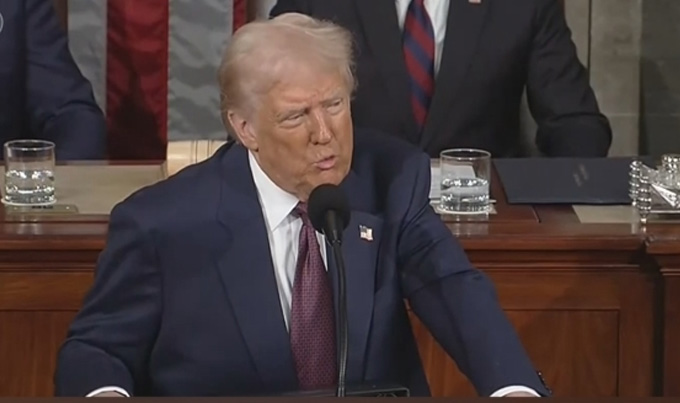The “reciprocal tariff” policy recently implemented by the United States has caused a severe impact on the global diamond supply chain. As the world’s largest diamond consumer market, the US domestic industry is also facing multiple chain reactions. The following is an analysis of key impacts:
I. Supply chain disruption and trade stagnation
Global processing center shutdown
Due to the 26% punitive tariff imposed by the United States, the export value of cut and polished diamonds in Surat, India (90% of the world’s diamond processing site) plummeted by 16.8% year-on-year to US$13.3 billion, a 20-year low. The shipment volume of the Antwerp (Belgium) Diamond Trading Center has dropped sharply to 1/738 of the normal level, and the supply chain has fallen into “de facto stagnation”.
The United States relies on imported diamonds (there are no mines in the country), but tariffs have blocked exports from major suppliers such as India and Belgium, causing inventory shortages and delivery delays in the US market.
Trade cost surge and price fluctuations
Indian diamond exporters were forced to raise prices due to tariffs, and the procurement costs of US retailers increased by about 20%. The prices in the terminal consumer market are expected to rise by 10%-15% in the short term.
In order to avoid tariff risks, US jewelers turned to transit hubs such as Dubai, but the logistics cycle was extended by more than 30%, further pushing up costs36.
II. Consumer demand and industry confidence frustrated
Demand side shrinkage
US consumers’ willingness to buy diamond jewelry has declined, and the mid- and low-end markets (<$1000) are significantly affected by price sensitivity, with Q1 2025 sales down 7% year-on-year. The high-end market (such as natural diamonds above 1ct) has stagnated due to supply shortages and premiums.
Retailers have increased discounts to clear inventory, but profit margins have been compressed to 5%-8% (historical average 12%-15%).
Industry confidence crisis
US jewelers have delayed purchasing decisions and waited to see the direction of tariff policies. GIA (Gemological Institute of America) suspended its overseas diamond appraisal services, which led to the obstruction of the import certification process and further exacerbated market uncertainty. The industry predicts that the value of US diamond imports may fall by 25% in 2025, the largest drop since the 2008 financial crisis.
III. Employment and industrial chain reconstruction pressure
The collapse of India’s processing industry has affected the United States. About 200,000 workers in Surat, India are at risk of unemployment, which directly affects the delivery capacity of US jewelers for customized orders (India accounts for more than 60% of US diamond processing services). The US domestic diamond processing industry has not benefited from tariff protection. Due to the lack of skilled labor and infrastructure, it is difficult to fill the supply gap in the short term.
Supply chain regionalization trend US jewelry brands are accelerating the direct purchase of rough diamonds from Africa (Botswana, South Africa), but local processing capacity is limited and new production capacity needs to be invested in, with a cycle of 3-5 years.
Some companies have turned to synthetic diamonds. In Q1 2025, the sales volume of laboratory-grown diamonds in the United States increased by 35% year-on-year, but the market share of natural diamonds still dominated (70%).
IV. Policy disputes and industry responses
Tariff rationality questioned
The CEO of Antwerp Diamond Center criticized tariffs for “violating economic logic”. There is no domestic production capacity replacement in the United States, and the trade deficit cannot be reduced through tariffs.
Indian industry associations called on the WTO to intervene, but the United States has not responded yet.
Corporate emergency strategies
Shorten the supply chain: Brands such as Tiffany and Signet have signed long-term agreements with Canadian and Australian mining companies to reduce their dependence on Indian processing links.
Digital compliance: Blockchain technology is used to track the source of diamonds to comply with G7 sanctions and tariff declaration requirements, but the implementation cost increases by 8%-10%.
Conclusion
The US tariff policy has hit the global diamond supply chain hard in the short term, leading to supply shortages, price increases and cooling consumption in the local market. In the long run, if the policy continues, it may accelerate the industry’s transformation to synthetic diamonds or promote regional reorganization of the supply chain, but at the cost of the decline of traditional processing centers (such as India) and global trade fragmentation. The industry calls on the US government to reassess the destructive impact of tariffs on the $82 billion diamond ecosystem and seek solutions that balance trade protection and industrial chain stability.
